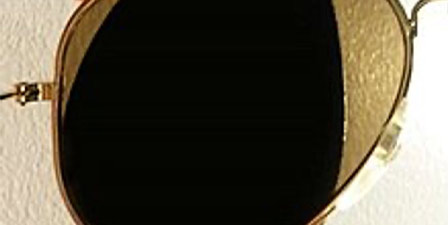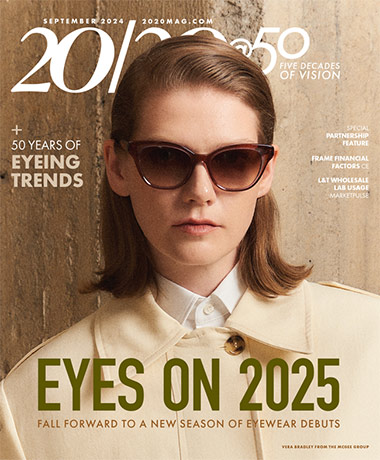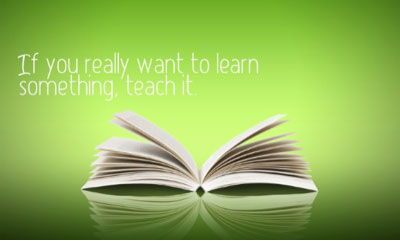
How true it is!
I had the honor to be the facilitator for the development of an education program “Refraction for Opticians.” You cannot understand refraction without knowing basic optics. Re-visiting trigonometry brought back memories of a lot of challenging math-moments and the glorious, “I got it,” experience. Searching for new tools to teach standard topics brought us to Khan Academy.
Today I would like to share with you the remarkable tools we have to understand Snell’s Law.
Snell’s Law
Classical optics is divided into two main branches: geometric optics and physical optics. In geometric, or ray optics, light is considered to travel in straight lines, and in physical, or wave optics, light is considered to be an electromagnetic wave.
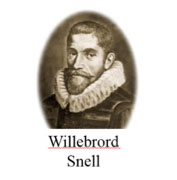
Geometric optics, or ray optics, describes the movement of light in terms of "rays" which travel in straight lines. The paths are governed by the laws of reflection and refraction at interfaces between different media. These laws were discovered through observation and by trial-and-error as far back as 984 AD. They have been used in the design of optical lenses and instruments from then until the present day.
The Dutch physicist Willebrord Snell (1580-1626) was interested in the phenomenon of refraction, which is the change in direction that occurs when a beam of light crosses a boundary from one medium (say air) into another (say water). He observed that when the light beam enters the denser medium at point C on the line, its velocity decreases and its path bends toward the normal to the line at C.
Snell's experiments led him to the discovery of the following relationship, known as Snell's Law.
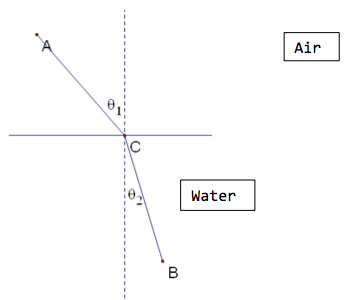

Index of refraction of a transparent medium is determined by the speed of light in a vacuum versus the speed of light in the medium it is travelling through.

Refraction Problem
A light beam moves from air into water. It hits the water surface at a 35o angle. What is the angle of refraction?
Please watch this Khan academy video for the answers. And while you are there, you might want to refresh your memory on some other mathematical problems.
Source: Khan Academy on YouTube
Happy Learning!
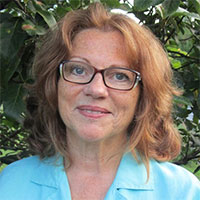
|
Maggie Sayers is a professional development coach and a Master Optician. Her optical career started over 30 years ago in a family business in Germany.
Since she came to Florida in 1987, she has worked diligently to promote high professional standards in opticianry. Her mission is to help opticians achieve their personal success through serving the public as vision experts.
As a professional development coach Maggie provides education workshops that focus on leadership and personal engagement. Her time management course has inspired many participants to think outside the box, apply newly acquired knowledge and achieve extraordinary results.
Maggie's enthusiasm for opticianry is inspiring and her keen business sense paired with excellent communication skills make her a highly sought after motivational speaker.




